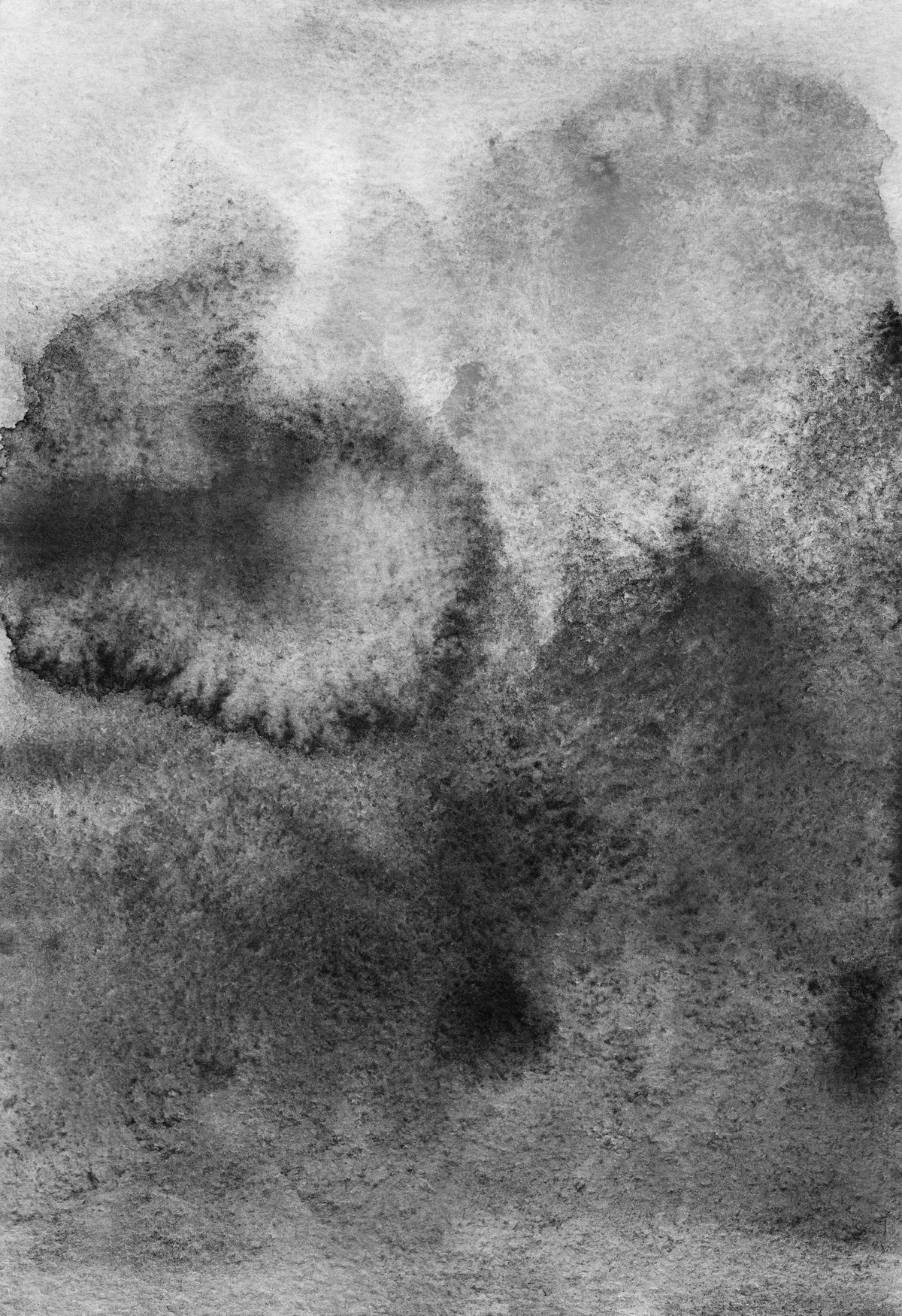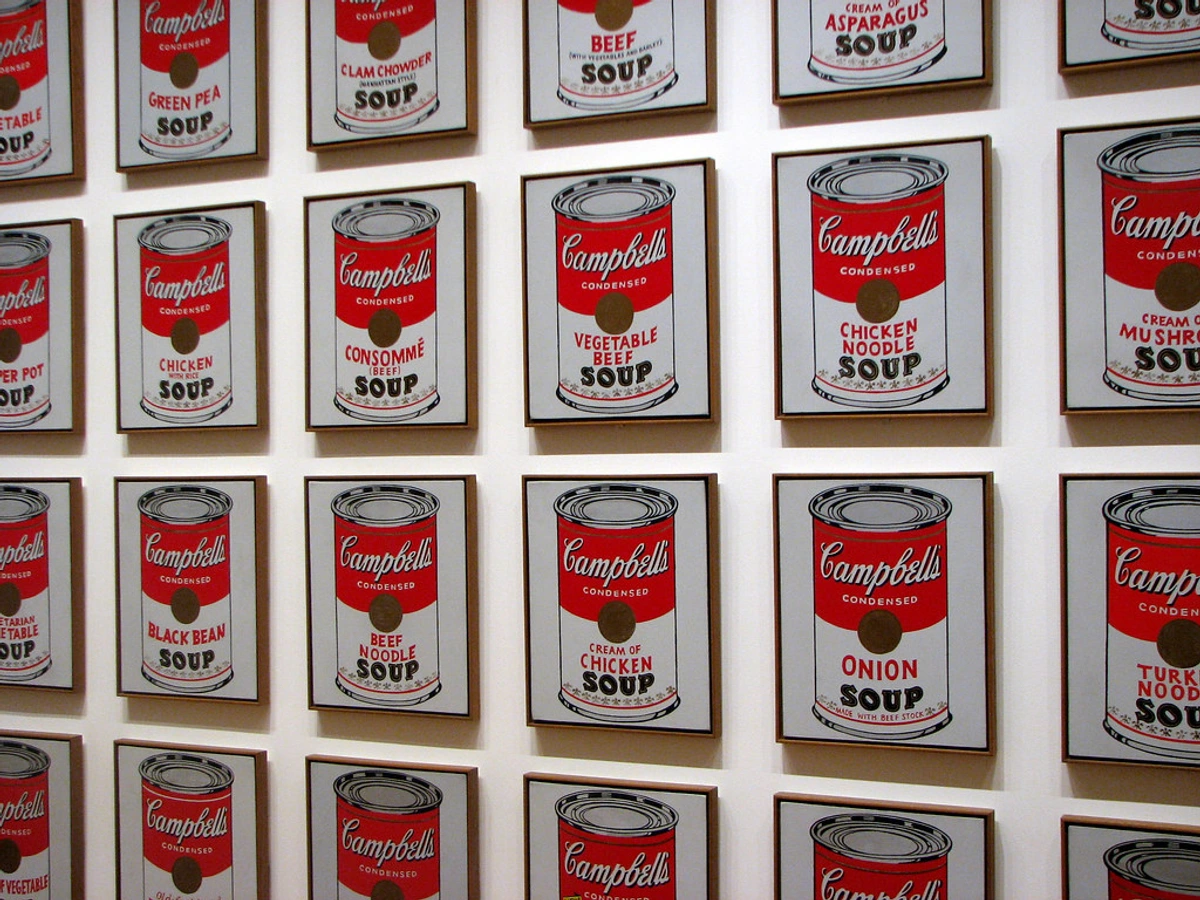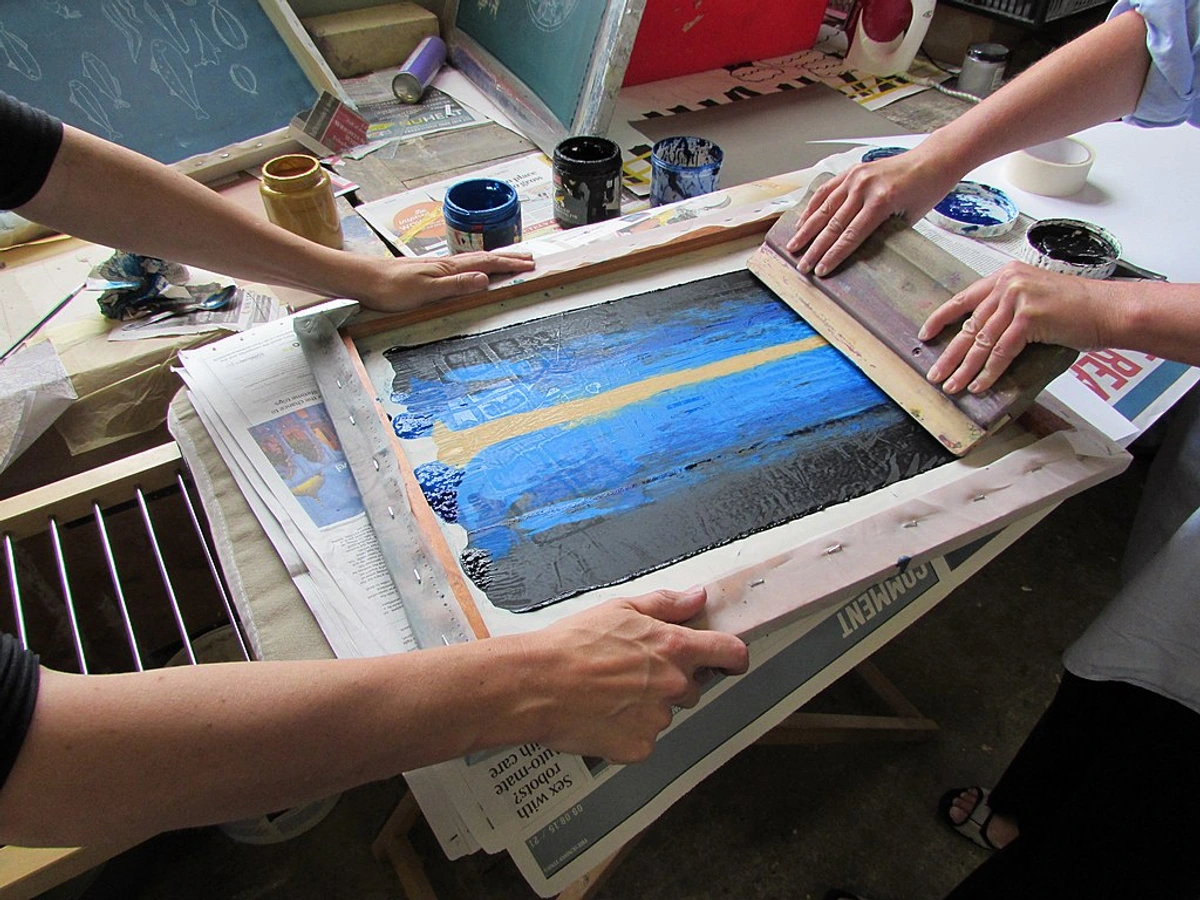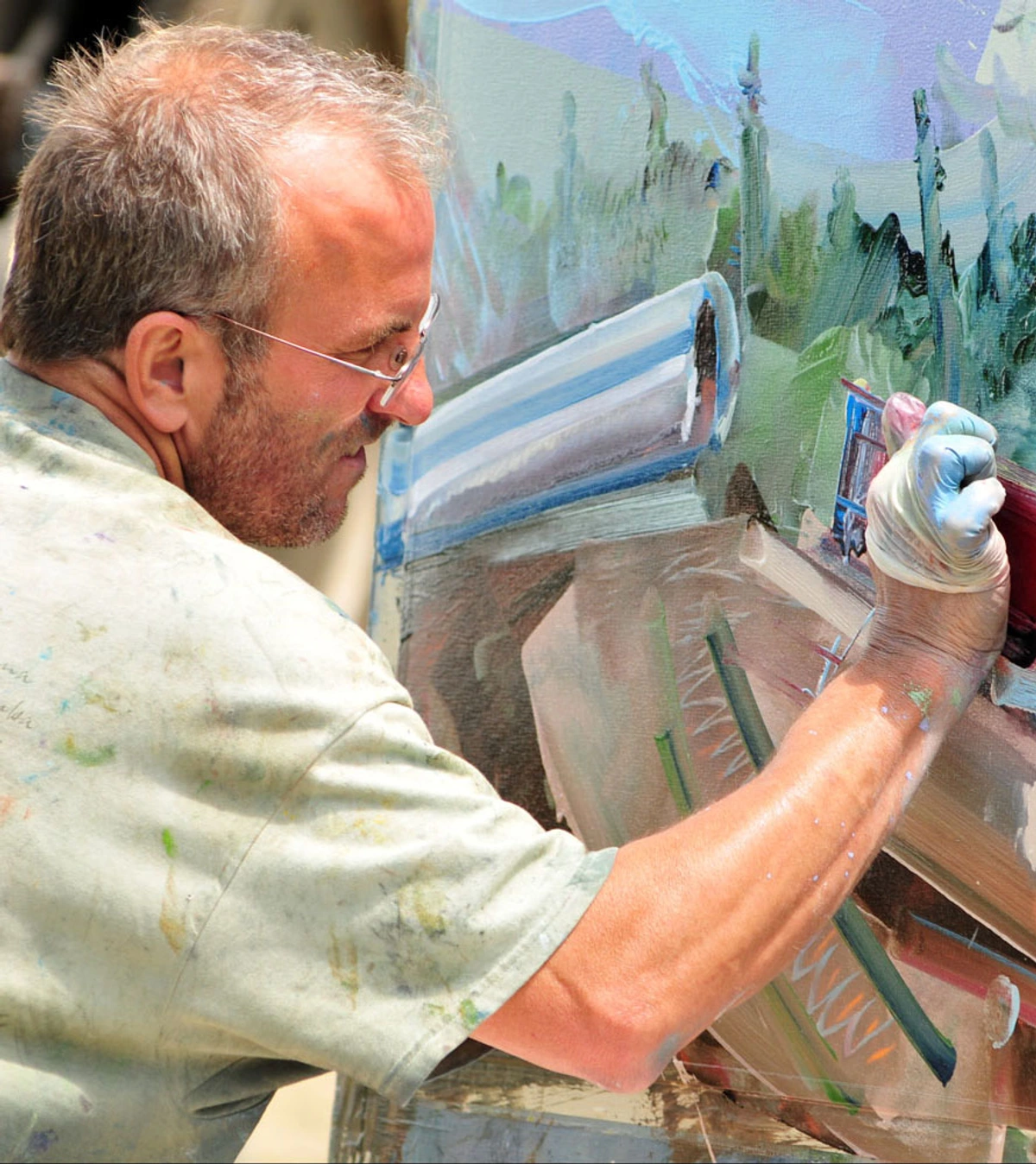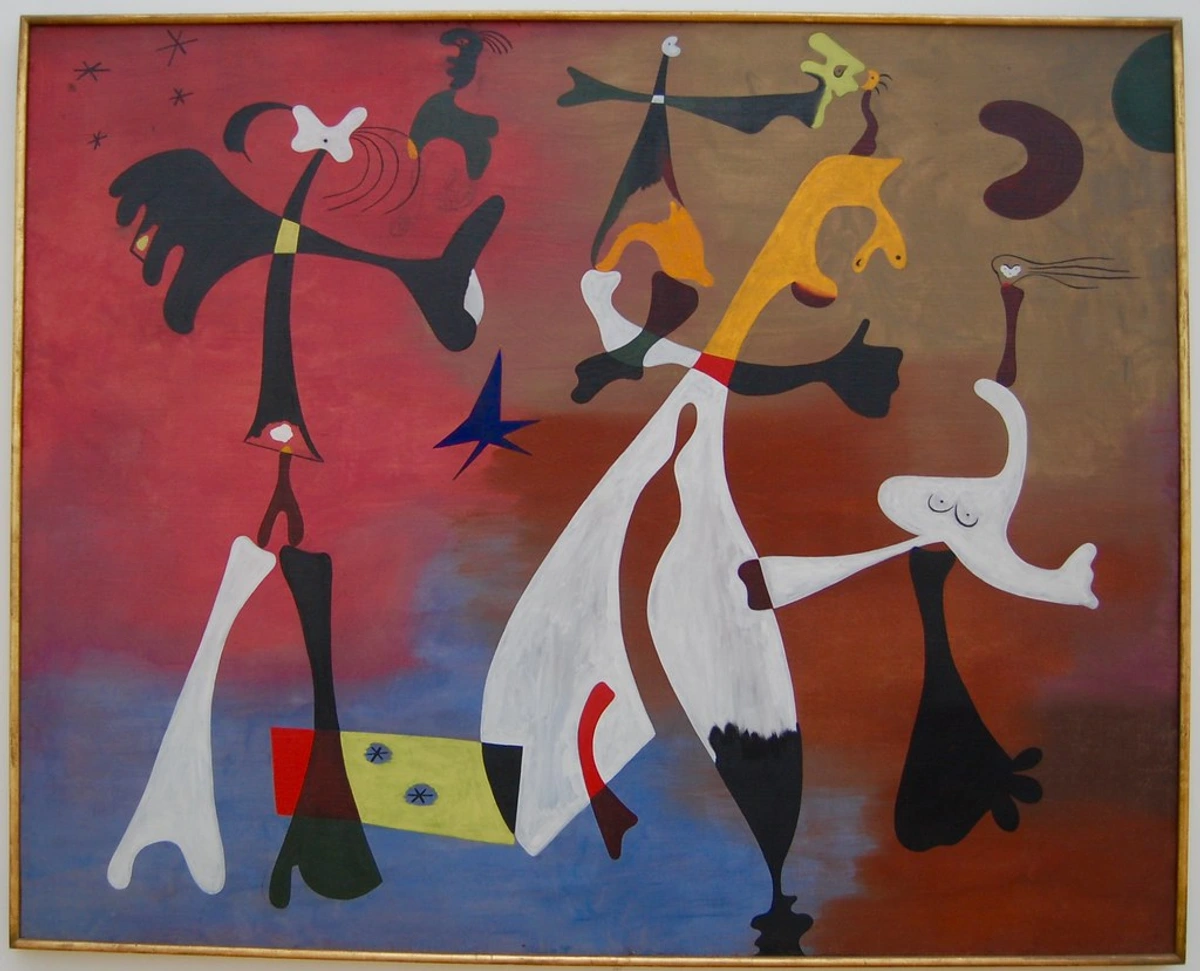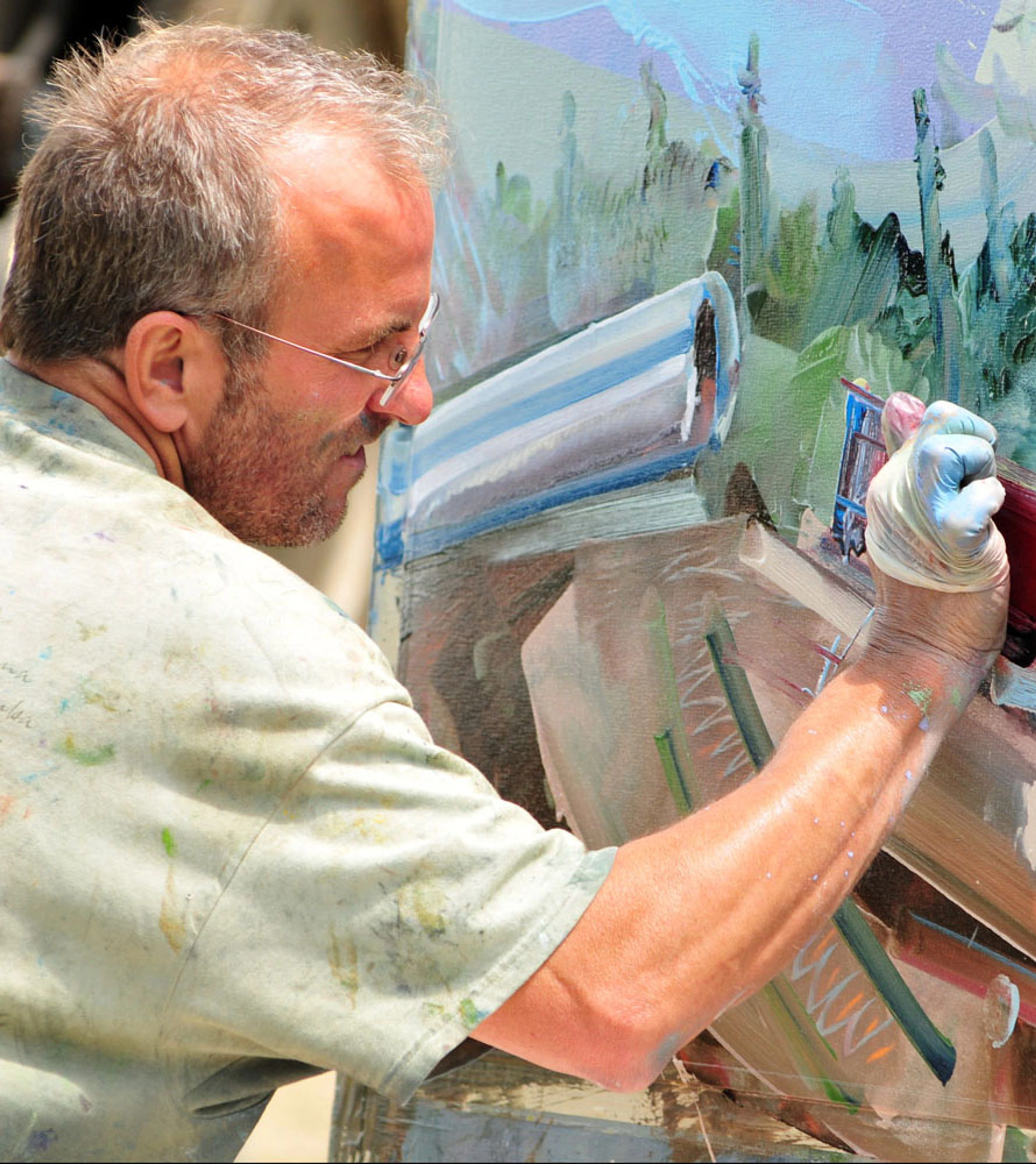
Unity & Variety in Art Composition: My Journey to Visual Harmony
Discover how unity and variety transform art composition from chaos to captivating. Join me as I explore balancing harmony and excitement in creating truly engaging artworks.
The Secret Sauce: Finding Harmony and Excitement in Art Composition
You know, sometimes I look at a canvas, or even just a cluttered desk, and I think, "How do I make sense of this? How do I make it work?" It’s a feeling I’ve carried with me through my entire creative journey. In art, just like in life, it's about finding that sweet spot, that perfect blend where everything feels connected but also sparks a little joy, a little surprise. For artists, this often boils down to two big ideas: unity and variety in composition.
Now, before you nod off thinking, "Oh, another art theory lecture," let me tell you, this isn't about dry textbooks. This is about what makes your eye linger on a painting, what makes a piece feel complete, and what keeps it from becoming just another boring blob of paint. It’s the invisible glue and the surprising pop that makes art sing.
Unity: The Harmony That Holds It All Together
So, what's unity? Imagine a group of people at a party. If they’re all talking, laughing, and generally enjoying each other’s company, feeling like they belong, that’s unity. In art, it's that sense of wholeness or cohesion. It’s when all the individual elements – colors, shapes, lines, textures – feel like they belong together, contributing to a single, unified visual statement. Nothing feels out of place, nothing jarringly pulls you away.
I often think of it like a good story: even if there are many characters and subplots, a unified story has a clear theme or purpose that ties everything back together. Without unity, a composition can feel disjointed, like a bunch of random ideas thrown onto a page with no real connection. And honestly, who wants to look at that?
We achieve unity in several ways, and these are often simpler than they sound:
- Repetition: Using the same color, shape, or line repeatedly. It’s like a visual rhythm that tells your eye, "Hey, this goes with that!"
- Proximity: Placing elements close together. Our brains are wired to group things that are near each other.
- Continuity: A line or an edge that carries your eye from one element to another, creating a visual flow.
- Similarity: Using elements that share common characteristics, even if they're not identical.
Let's take a peek at a master of unity, Henri Matisse. His 'The Red Room' (Harmony in Red) is a brilliant example.
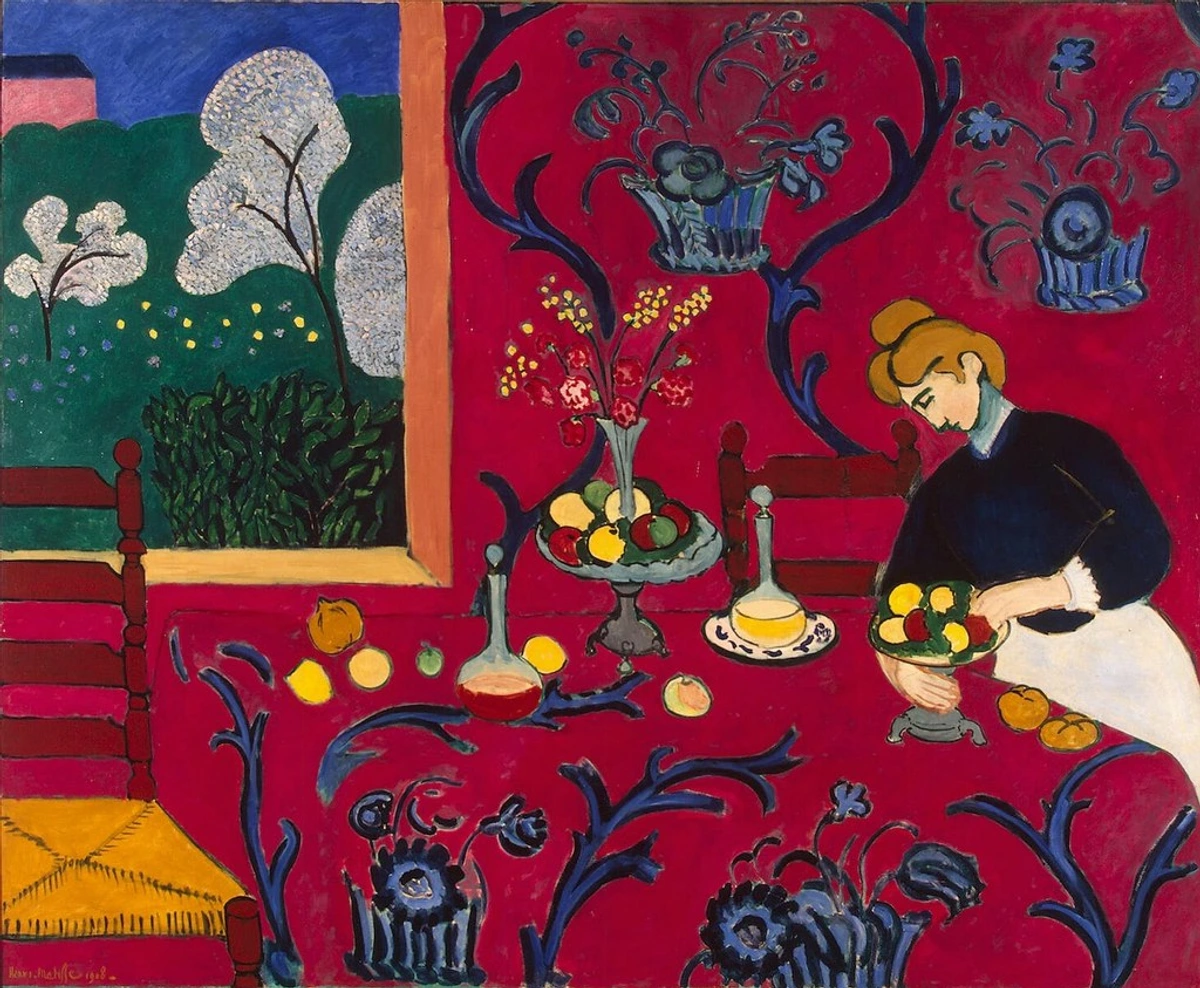
Look at how the dominant red color unifies the entire scene, wrapping everything in a warm, inviting embrace. The patterns on the tablecloth and wallpaper, while detailed, repeat and flow, preventing visual chaos. It all feels so delightfully together. You can dive deeper into how he did this in the ultimate guide to Henri Matisse.
Variety: The Spice of Visual Life
Now, if unity is the comfortable hum, variety is the unexpected beat, the sudden splash of color that wakes you up. Variety refers to the use of differences and contrasts to create visual interest and excitement. If a piece of art has only unity, it can quickly become monotonous, predictable, even boring. Like a song played on a single note – harmonious, sure, but not exactly a chart-topper.
Variety is what keeps your eyes moving, what makes you explore the canvas. It's the unexpected twist in a story, the different textures in a meal. It's what prevents visual fatigue and makes a work dynamic and engaging. Without variety, even the most unified composition can fall flat.
We introduce variety by playing with contrasts:
- Contrast in Shape: Mixing geometric shapes with organic ones.
- Contrast in Size: Large elements next to small ones.
- Contrast in Color: Warm colors next to cool, or bright next to dull. As an abstract artist, I’m particularly obsessed with how artists use color to create these dynamics.
- Contrast in Texture: Smooth areas against rough ones.
- Contrast in Direction: Vertical lines intersecting with horizontal or diagonal ones.
Think about a vibrant abstract piece. It might seem like pure chaos at first glance, but a good one will have deliberate choices for variety that keep you captivated.
The Dynamic Duo: Unity and Variety in a Composition
This is where the magic really happens. Unity and variety aren’t opposing forces; they are partners in crime. A truly compelling artwork isn't just unified or varied; it's a masterful dance between the two. It's a tightrope walk where the artist carefully balances a sense of belonging with moments of unexpected flair.
Too much unity leads to boredom. Too much variety leads to chaos and confusion. The sweet spot, that 'Goldilocks zone,' is where you have enough commonality to hold the piece together, but enough contrast to keep it exciting and prevent stagnation. It’s why understanding the elements of art and elements of design is so foundational – they are the building blocks you use to play this game.
Take a look at this abstract piece:

Here, you see a wonderful interplay. There's a strong sense of unity through the geometric forms and the translucent layering that provides a consistent visual texture. Yet, the variety of colors and the subtle shifts in shape and overlap keep it incredibly dynamic and engaging. Your eye doesn't get stuck; it explores. This is the kind of thoughtful composition in abstract art that I find truly inspiring.
Even in movements like Cubism, which initially seem to prioritize fragmentation and variety, there's often an underlying unity in the artist's chosen palette, the grid-like structure, or the consistent way forms are broken down. It’s like a puzzle – many pieces, but they all ultimately fit into one whole. If you're curious, the ultimate guide to Cubism is a fantastic resource.
My Journey with Balance
Honestly, for a long time, my own artistic journey was a bit of a tug-of-war between these two ideas. I'd sometimes get so caught up in making everything harmonious that my work felt a little... flat. Or I'd experiment with so much variety that it looked like a paint explosion had gone off – exciting, maybe, but without a clear anchor.
It’s been a continuous learning process, a kind of dialogue with each canvas. I've learned that you don't always start with both perfectly in mind. Sometimes, I focus on establishing a strong sense of unity first, building a coherent base. Then, I look for opportunities to introduce sparks of variety – a bolder stroke here, an unexpected color shift there. Other times, I embrace chaos and variety, letting intuition guide me, and then step back to find ways to weave in unifying elements, perhaps through a recurring shape or a limited color palette. It’s a very personal process, almost like my creative journey from concept to canvas.
This balance is also why I’m so fascinated by things like the understanding the golden ratio in art and design – it's one of those ancient tools artists have used to achieve an almost mystical sense of unity and balance.
Practical Tips for Your Artistic Eye
Whether you're an artist creating your own work or simply an art lover wanting to appreciate it more deeply, understanding unity and variety can really enhance your experience.
For Artists:
- Start with a Concept: What's the main idea or feeling you want to convey? This often helps establish a foundational unity.
- Limit Your Palette: Especially when starting, using a limited number of colors can force a sense of unity. Then, introduce an accent color for variety.
- Use Repetition Wisely: Repeat shapes, lines, or colors, but vary their size, orientation, or spacing to avoid monotony.
- Embrace Negative Space: The empty areas around your subjects can create unity by defining clear boundaries, while the subjects themselves provide variety.
- Step Back (Literally!): Periodically step away from your work. This helps you see the overall composition and whether it feels cohesive or chaotic.
For Art Appreciators:
- Ask Yourself: "What feels consistent?" (Unity) and "What stands out or feels different?" (Variety).
- Trace the Eye's Path: Does your eye flow smoothly, or does it jump around? Both can be intentional effects of unity and variety.
- Consider the Mood: Does the balance between unity and variety create a feeling of calm, excitement, tension, or harmony?
Frequently Asked Questions about Unity & Variety
What’s the biggest mistake artists make regarding unity and variety?
I'd say it's usually leaning too heavily on one without considering the other. Either a piece becomes so unified it's boring, or so varied it's a chaotic mess. The trick is to be intentional about both.
Can a piece of art have too much variety?
Absolutely! If there's too much going on, too many conflicting elements, it can overwhelm the viewer and make the artwork feel fragmented and hard to "read." It's like trying to listen to ten different songs at once – nobody wins.
How does unity relate to harmony?
They're very closely related! Unity is the overall sense of belonging and completeness, while harmony is a type of unity achieved when elements are similar or complementary, creating a pleasing agreement. Harmony often contributes strongly to overall unity.
Is one more important than the other?
No, not at all! They are two sides of the same coin. A strong composition requires both. Unity provides stability and coherence, while variety provides energy and interest. It’s like needing both structure and decoration for a beautiful building.
Where can I see more examples of balanced compositions?
Well, apart from browsing art history, you can always check out some of the art for sale on my website! I certainly try to apply these principles in my own abstract works. Or, if you're ever in the Netherlands, you could visit my artist's museum in 's-Hertogenbosch and see how these principles play out in person across a wider range of my pieces. It’s a journey I’m still on, trying to push these boundaries, as you can see reflected in my journey and timeline.
Final Thoughts on the Grand Balancing Act
Ultimately, understanding unity and variety isn't just about art theory; it's about seeing the world with a more discerning eye. It’s about appreciating how a carefully chosen blend of order and surprise makes things beautiful, engaging, and deeply human. Whether you're arranging flowers, decorating a room, or creating a masterpiece, that delicate dance between things that connect and things that contrast is the rhythm of visual life.
So, next time you look at a painting – or even just your breakfast plate – take a moment. Notice the patterns, the repetitions, the unifying themes. And then, find the unexpected splash of color, the unique shape, the little jolt of variety. That's where the magic lives.


